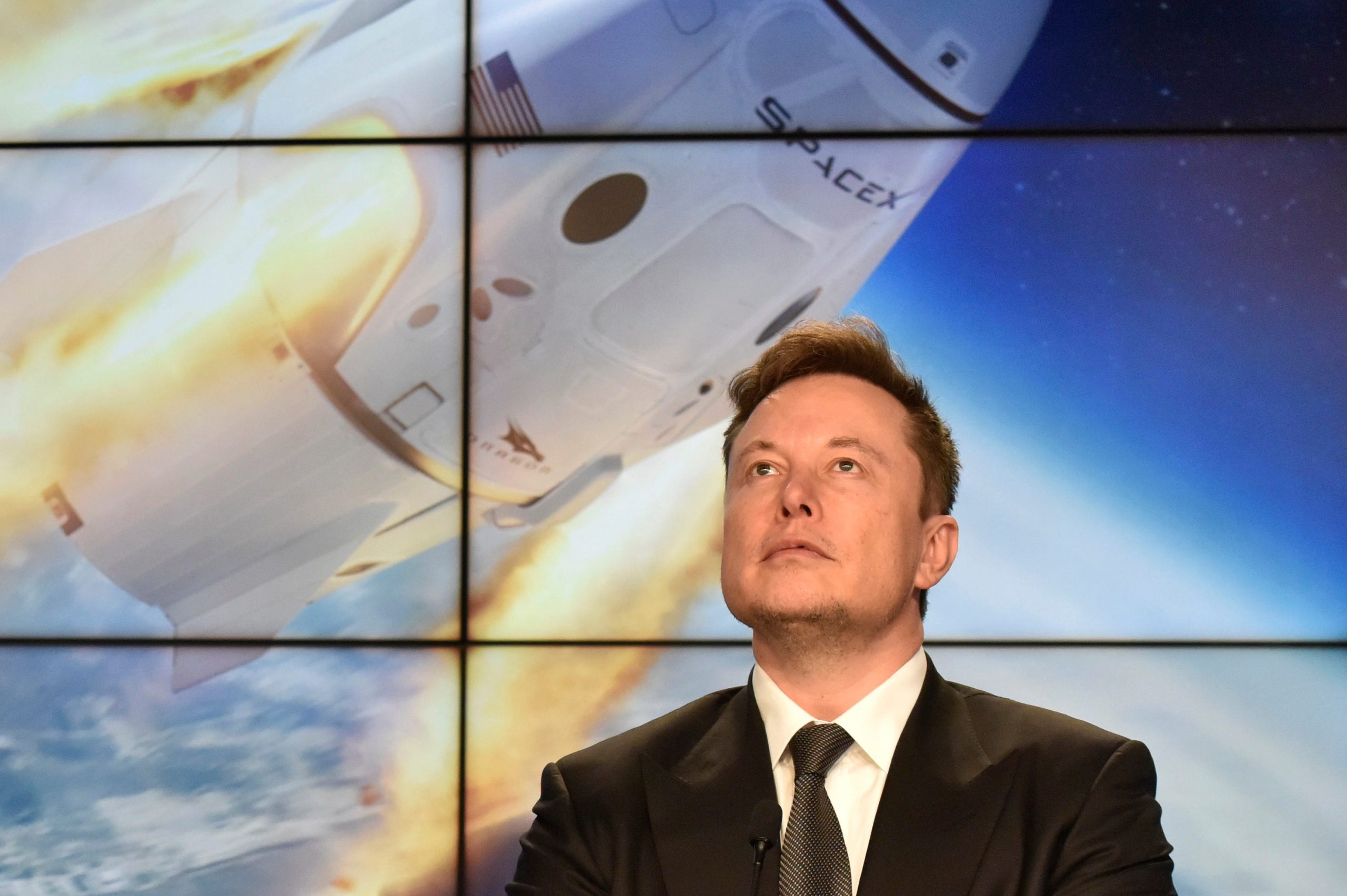
REUTERS/Steve Nesius
- SpaceX’s Starship rocket system could help clear out junk that has been left in Earth’s orbit, according to Gwynne Shotwell, the company’s president and CEO.
- “It’s not going to be easy, but I do believe Starship offers the possibility of going and doing that,” Shotwell said in an online interview with Time Magazine.
- Daniel Oltrogge, director at the Center for Space Standards and Innovation, told Business Insider: “Space debris is increasingly of concern and the collision of two massive space debris objects… pose the greatest environmental risk.”
- Oltrogge said it’s estimated that there may be around 760,000 objects larger than a centimeter in size in orbit today.
- Visit Business Insider’s homepage for more stories.
SpaceX’s Starship rocket system could help solve the problem of space junk, according to the company’s president and chief operating officer.
“There’s rocket bodies littering the space environment, and dead satellites,” said Gwynne Shotwell in an online interview with Time Magazine.
SpaceX, which was founded by Elon Musk in 2002, believes its Starship rocket could help clear out space debris left in Earth’s orbit, according to Shotwell. The rocket is designed to hold as many as 100 passengers and carry heavy payloads.
Shotwell said: “It’s quite possible that we could leverage Starship to go to some of these dead rocket bodies – other people’s rockets, of course – basically, pick up some of this junk in outer space. It’s not going to be easy, but I do believe Starship offers the possibility of going and doing that.”
When asked if SpaceX are introducing any new policies to combat the issue of space debris, Shotwell said the company is bringing “the entire constellation to a lower altitude so that the satellites decay much quicker.” The satellites would then break up and fall back down to Earth, she added.
SpaceX has rocketed nearly 900 Starlink satellites into orbit already, although they may not all still be operating. As of October, at least 820 working Starlink satellites are actually orbiting. This is because a small amount have failed, or been taken out of orbit completely, according to The Verge. SpaceX wants to launch around 12,000 more by mid-2027, though this could increase to 42,000.
Daniel Oltrogge, director at the Center for Space Standards and Innovation (CSSI) told Business Insider: "Space debris is increasingly of concern, and the collision of two massive space debris objects – ranging from one to ten metric tons – pose the greatest environmental risk."
According to Oltrogge, estimates vary, but the CSSI believes there may be 760,000 objects larger than a centimeter in size in orbit today. The frequency of close approaches has nearly doubled in the last four years as a result of big constellations, and the tracking of more space objects with advanced government systems, Oltrogge said.
The depictions that Oltrogge has seen of the rocket show "a substantial amount of cargo space, so the Starship vehicle could in principle facilitate Active Debris Removal (ADR) of many potentially large space objects," he said.
Starship's cleanup operation could be at least two years off though, according to Oltrogge. Musk said on October 19 that SpaceX has a "fighting chance" of sending an uncrewed Starship rocket to Mars in 2024. This would be two years later than previously expected.
"Starship could prove to be an important way to combat the threat of collision between massive space debris objects," Oltrogge added.
